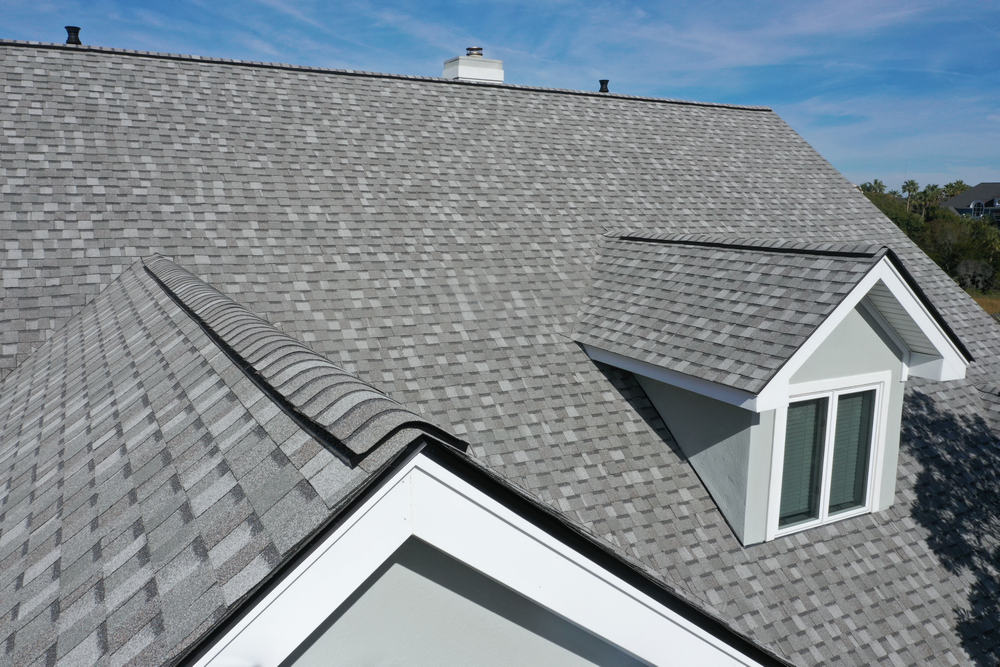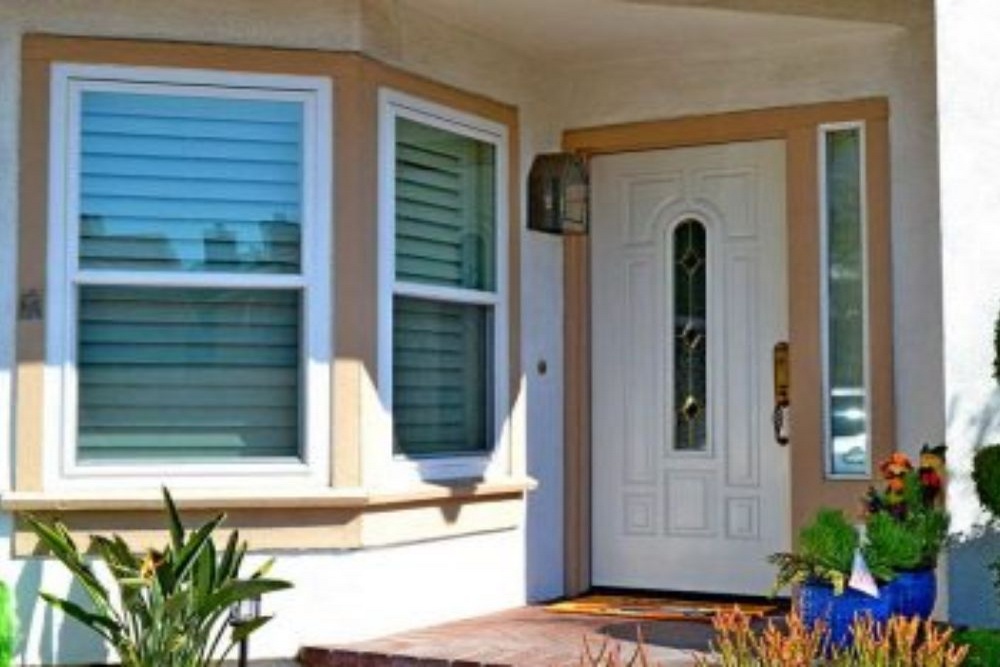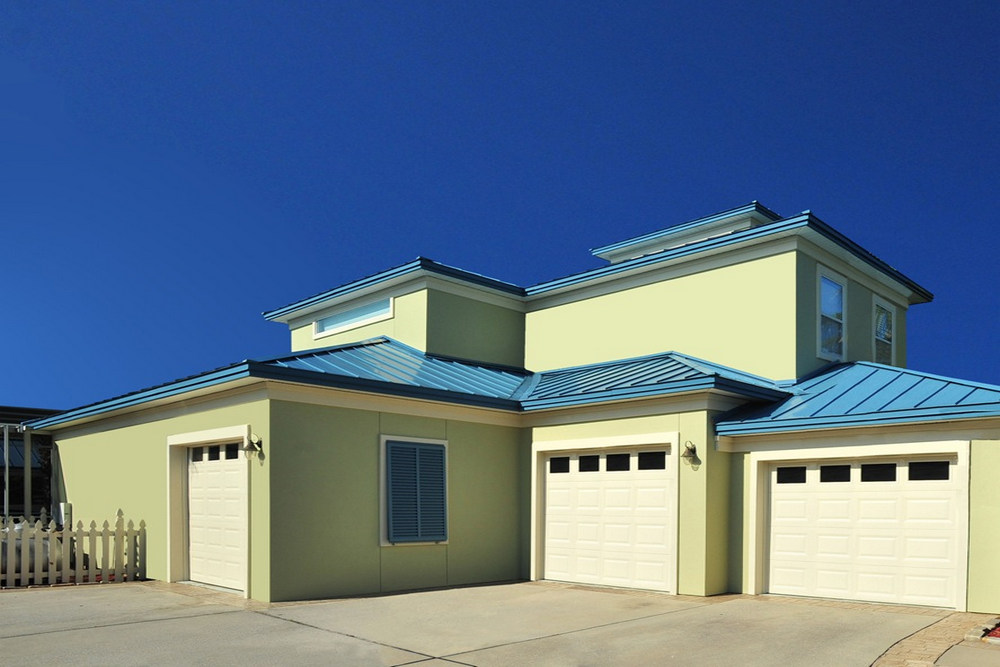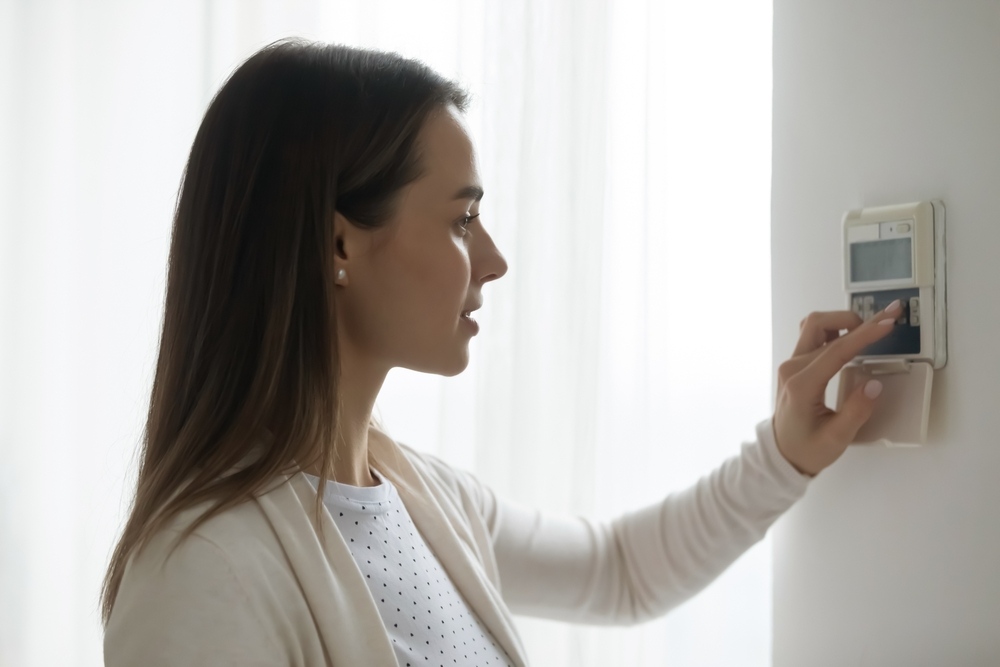Can a new roof help you save energy and reduce your energy costs? The answer is: yes! A new roof will make your home more energy-efficient and help you lower your monthly energy bills. Older roofs tend to be built with outdated roofing materials and building technology. That means your older roof is less energy-efficient and puts a greater strain on your heating and cooling system, leading to higher energy bills. This blog will discuss how a new roof can help you save on energy costs and why installing one right now is a great idea.
How Does Your Roof Affect Energy Costs?
High energy costs can come from various places in your home: drafty doors, loose windows, improperly insulated basements, and an outdated roof needing replacement. As a homeowner considering installing a new roof, you should know what makes a roof energy-efficient. Temperatures and humidity levels from outdoors affect your home’s internal environment through your roof. As your roof ages, it wears down and becomes less effective. Remember that a replacement roof will save you some energy, but the amount you save may not be worth the price of a roof replacement.
Cutting Your Energy Costs
There are a few key things to consider when determining if a new roof will help you save on energy costs. It’s more than just installing any old roof. Roof energy efficiency varies depending on what material it is built from and how it is installed. Here are some characteristics to consider when installing a new energy-efficient roof:
Solar Reflection: Your roof is more energy-efficient if it effectively reflects solar light. Roofs with high solar reflection can lower surface temperature by up to 30%. If your roof does not reflect sunlight away from your home, the shingles will absorb the solar heat and transfer it into your home.
Roof Ventilation: Roofs are built with ventilation to allow airflow between the attic and outdoors. Hot air gets trapped in the attic if the roof isn’t properly ventilated, causing your house to heat up. As your home gradually heats up from the lack of attic ventilation, your cooling system has to work harder to keep the temperature comfortable. Your energy bills will rise as your cooling system works to keep up with the rising temperature. A properly ventilated roof will reduce your home’s energy needs and lower its reliance on the air conditioner.
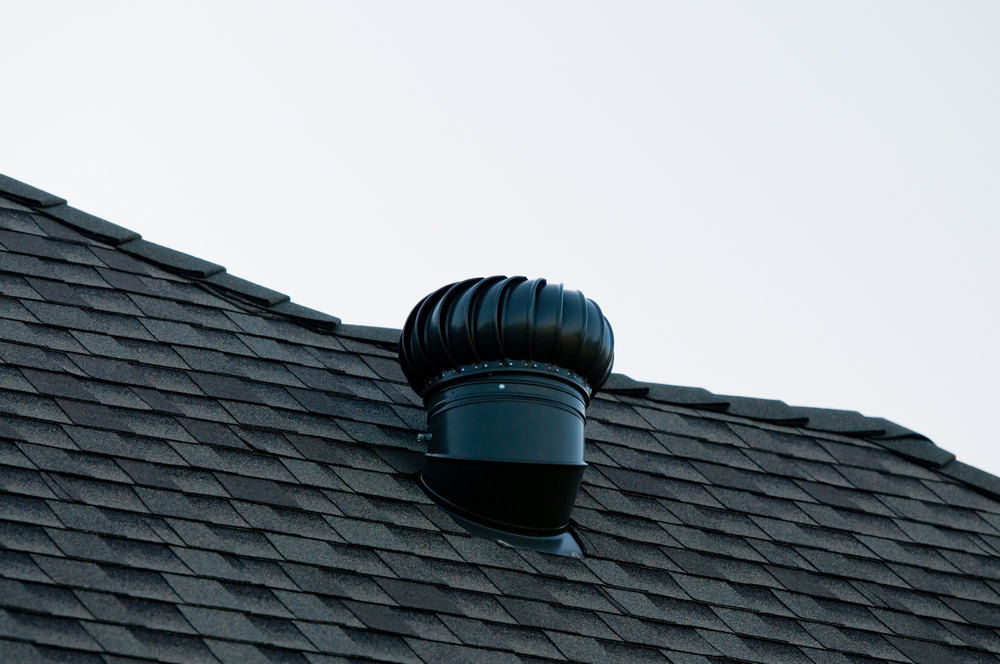
Energy Star Rating: Energy Star is the authority on building materials and consumer products considered energy-efficient. When you see the Energy Star label, you’ll know the product will help you save energy. Roofs built with Energy Star shingles are better at reflecting solar energy instead of absorbing and transferring it into your home. Energy Star shingles can lower the surface temperature of your roof by up to 100 degrees! Cooler roofs keep your home cool, so you don’t have to rely as much on an air conditioner.
Shingle Color: Dark shingles will absorb heat on a sunny day. The color of your roof should vary depending on where you live and the climate. Homes in cold-weather areas benefit from dark shingles, while homes in hot climates should have lighter roof colors to help deflect sunlight. Before replacing your roof, you probably didn’t think so, but shingle color will impact your energy costs.
Modernized Shingles: Shingles and roofing materials have undergone immense technological improvements in the past several decades. Old shingles have lower ratings than their newer counterparts because they’re not as effective at keeping out the wind. On the other hand, new shingles can protect against winds up to 130 MPH, keeping them out of your home and reducing energy costs.
Choosing the Right Roof
Picking the right roof for your home’s energy efficiency requires careful research and planning. It’s important to consider your budget, your home’s location, and all the roofing material options. The local roofing company you choose to work with will be able to advise you on the best options for your needs, but it’s still a good idea for you to think about them ahead of time.
Where Is Your Home?
The first thing to consider is your home’s location. Some roofs are better suited for warm weather, while others are ideal for cold weather. Dark shingles made of heat-absorbing materials are perfect for cooler climates. The opposite is true for warm-weather areas – to save energy and money, you’re better off with light-colored shingles and materials that deflect sunlight.
What Kind of Shingles Will You Use?
Shingles come in a wide variety of different materials, colors, and styles. A few of the most popular options include:
- Asphalt
- Metal
- Wood
- Clay tile
- Slate tile
- Concrete
- Solar shingles
- Composite plastic
- Rubber roofing
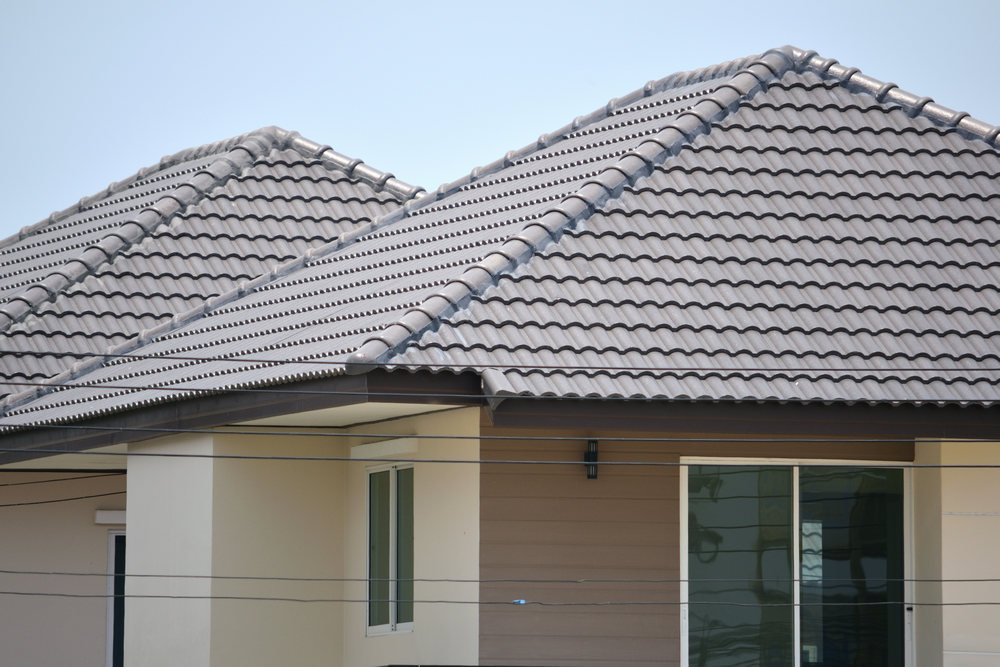
Different roofing materials have different energy-efficiency properties. Some of the most energy-efficient roofing options are clay tile and concrete. These materials are known for absorbing and retaining solar energy. They’ll keep your home warm and insulated after the sun goes down. They’re also air-tight and resistant to developing air leaks. Not only does this make your home’s internal climate more comfortable, but it also lowers your energy bills. Remember that concrete and clay tile roofs are more expensive than alternatives like asphalt.
Another energy-efficient roofing option is shingles that produce their own energy. These solar roofs use small solar panels, with solar technology called photovoltaic (PV) cells, instead of shingles made from traditional materials like asphalt or metal. Solar roofs help significantly cut down on your home’s energy consumption. Some homes even make money by selling their excess solar energy back to the grid!
The least energy-efficient roofs are aluminum and unpainted metal roofs. Metal is great for absorbing solar energy but not releasing it back into the atmosphere. Instead, it retains the energy and transfers it into your home. For energy-saving homeowners, roofs made of clay tile, concrete, or photovoltaic cells are your best options.
Who Will Install Your New Roof?
Choosing the right roofing company is just as important as selecting the best materials. Poorly installed roofs greatly reduce energy efficiency. If a roof isn’t installed properly, it will be susceptible to drafts, temperature fluctuations, and humidity issues. Before hiring a roofing contractor, find out if they have the energy-efficient shingles and roofing materials you need. If Energy Star-rated shingles are on your wish list, you’ll know to skip companies that do not use Energy Star products and move on to the next one.
Update Your Roof’s Energy Efficiency with California Showcase Construction
Installing a new roof could upgrade your home’s efficiency and reduce the cost of energy. A replacement roof can solve air leaks, drafts, improper ventilation, and attic insulation issues. New roofs are also less susceptible to the results of wear-and-tear that older roofs undergo. To get started on your new roof installation, contact California Showcase Construction to get started on your project. We offer free in-home estimates for energy-efficient roofing solutions. Call us at (951) 682-0208 or visit our website to learn more!
